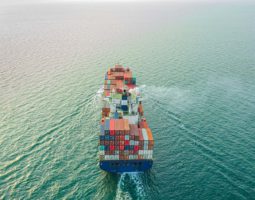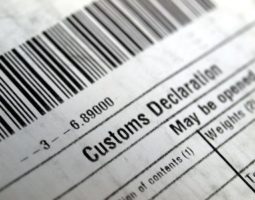Chinese Ports Descend into Congestion Chaos Amid Lunar New Year
In the latest challenge for global supply chains, Chinese ports have developed severe congestion even as the nation’s Lunar New Year holiday begins.
Marine terminals at Yantian, Ningbo, Shanghai, and more are seeing delays. According to the JOC, wait times for vessels at several ports are hovering between one and three days.
The JOC indicates in a report that the delays stem from a variety of factors.
For starters, worldwide demand is high for Chinese-produced goods. The pandemic has kickstarted an e-commerce boom that has in turn spiked container volumes going through Chinese ports.
Second, COVID-19 restrictions in China have restricted workforce availability at marine terminals and throughout supply chains. With fewer hands on deck, productivity and efficiency cannot keep up with volume.
Finally, the volume lull during the annual Lunar New Year celebrations has not materialized. Chinese New Year typically signals a substantial slow-up at the country’s ports. But because of COVID-19 rules, many factories in the country are either staying open for the holiday or staggering their closings. Export goods have continued to flow into ports as a result. Consequently, the industry has not seen the usual spike of blanked sailings from Asia that often offers other regions a chance to catch up on container backlogs and schedule reliability.
No Rest for West Coast Ports
The situation in China has turned out just how west coast port operators feared. The ports of Los Angeles, Long Beach, Oakland, and more continue to see peak-season numbers well into the start of the year. And without a reprieve around Chinese New Year, many expect the deluge to continue until late spring at the earliest.
This confluence of delays on either side of the Pacific is set to worsen wait times for American importers. If you are seeking help with navigating these challenges, contact Scarbrough International. Our international supply chain experts can lend assistance.

